Into the Darkness: AU Students Track Evolution in Virginia Caves
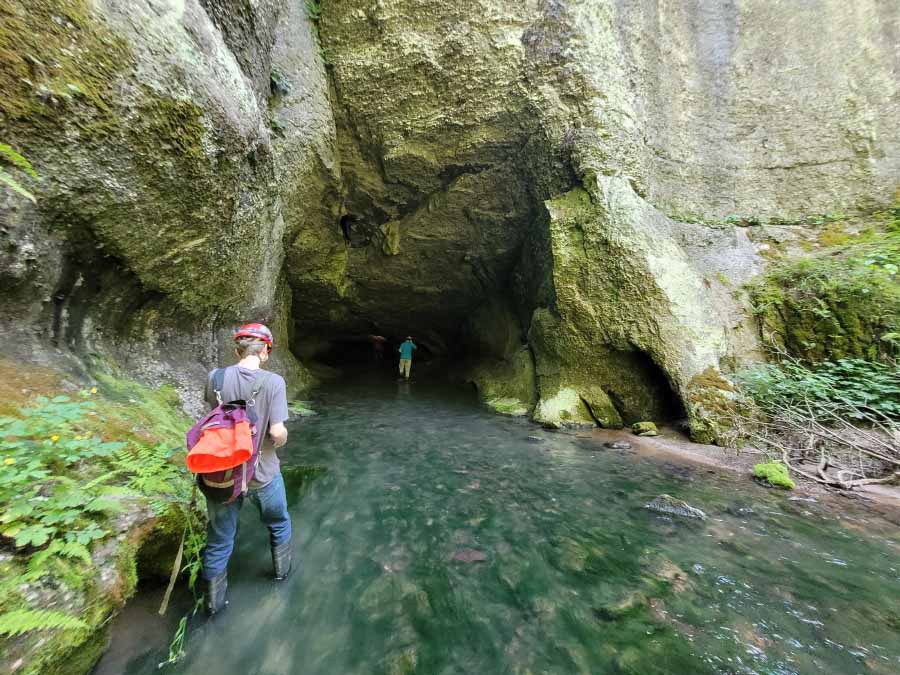 The team enters the cave.
The team enters the cave.
This summer, a team of AU researchers geared up with high rubber boots, headlamp-equipped helmets, and backpacks packed with field tools: dissection kits, turkey basters, paint brushes, and fish nets for collecting samples. Their destination was the dark, muddy caves of southwest Virginia. Their mission was to uncover information about how life evolves in the absence of light.
Led by AU Environmental Science Professor Steve Macavoy and Wil Orndorff from the Virginia Natural Heritage Program, the group is part of an exciting new research project exploring cave food webs and how a species of amphipod (Gammarus minus)—a tiny shrimp-like crustacean—may be undergoing a major evolutionary transformation within cave and spring ecosystems.
The team includes Kevin Wetherell (BS biology ’27), John Harding (BS environmental science ’26), and biology MS alumnus Will Farmer ’19. The project is funded by the Cave Conservancy of the Virginias.
Cold, Wet, and Incredibly Dark
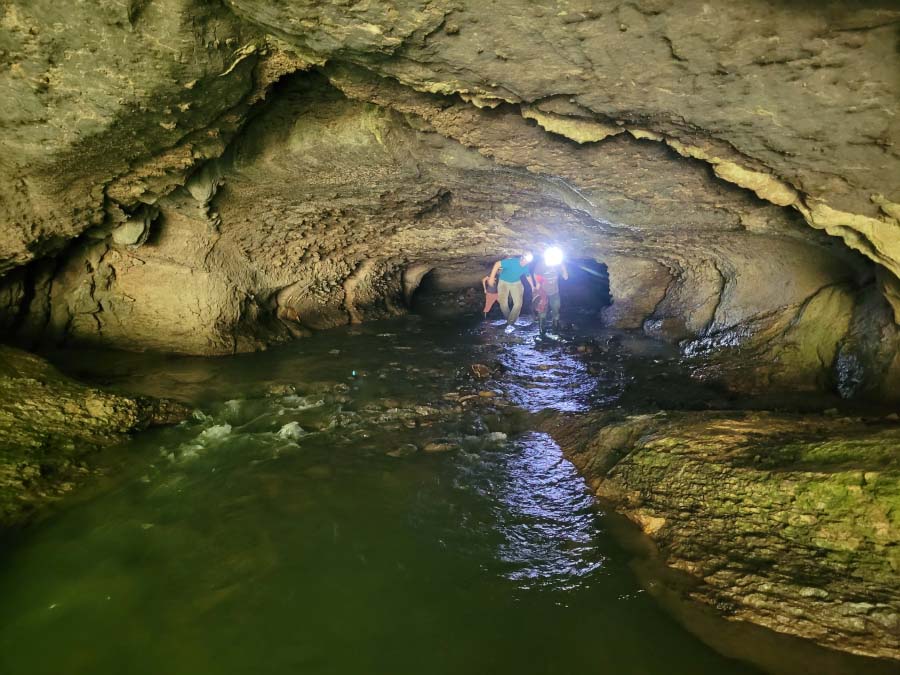 Team makes its way in the dark cave.
Team makes its way in the dark cave.
The students are gaining invaluable experience in what it means to be a working scientist doing work out in the field.
“This is the most like a scientist I have ever felt—collecting samples in the field, processing them—it's so exciting to be doing the kind of hard science I'd hoped to be doing since I was a kid,” says Wetherell. “We've learned a lot through this experience: how to collect and store biological specimens in the field, how to navigate caves, and how to create our own methods for neutralizing rock and shell fragments with acid.”
The cave setting left a lasting impression on Wetherell. “Caves are a lot cooler than you'd expect; it's like walking being blasted by an air-conditioner. Because all but one of the caves had an underground river inside, they also tended to be quite humid. They smell mossy and vaguely dirty.”
Harding found the caves equally unforgettable, though in different ways. “Inside the caves, it was very wet and muddy, and without our headlamps it was incredibly dark,” he says. “There was not much visible life, so it was important to keep a close eye and turn over rocks to find organics. These caves contained underground streams, and sometimes even underground lakes or puddles, in which the water was incredibly cold.”
The team typically ventured 100 to 200 feet into each cave, going just far enough to discover cave-adapted species. Because the caves were on private land and rarely explored, very few people had ever been inside them. "It’s mind-boggling to think you might be the first person to ever set foot in a place,” says Wetherell.
From Leaf-Eater to Predator?
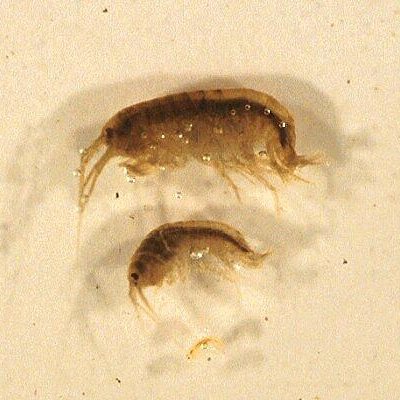 Gammarus minus
Gammarus minus
As the team gathered data, a clearer picture of the amphipod’s adaptations began to emerge. Above ground, the Gammarus minus lives in freshwater springs, feeding on decaying leaves. But in the dark caves where organic debris is scarce, the amphipods have noticeably different mouthparts. That suggested a shift to a new diet—and possibly a new ecological role.
“We’re seeing morphological shifts that suggest the cave-dwelling amphipods may be turning into predators or scavengers,” says MacAvoy. “If true, this shift in diet, known as a trophic shift, could be the beginning of a split between surface and cave populations—an evolutionary divergence playing out in real time.”
It’s a rare opportunity for scientists. “It’s one of the paradoxes of evolution,” MacAvoy explains. “Evolution is happening everywhere, but it’s very rare to witness a species split. So, we might be watching this split happening in real time between the spring vs. cave amphipods.”
Following the Isotopes
To test this hypothesis, the team is turning to stable isotope analysis—essentially, chemical detective work, led by MacAvoy. By examining the ratios of carbon and nitrogen isotopes in tissue samples from cave and spring organisms, they hope to reconstruct the local food web and track how nutrients move through the ecosystem.
“Heavier” forms of these elements, like carbon-13 and nitrogen-15, accumulate as you move up the food chain. So, by comparing isotopic signatures, MacAvoy explains, the team can determine who’s eating what, and where the protein and carbohydrates come from that form the base of the food web—ultimately leading to how far-removed cave amphipods are from their leaf-eating relatives.”
Preparing for Lives in Science
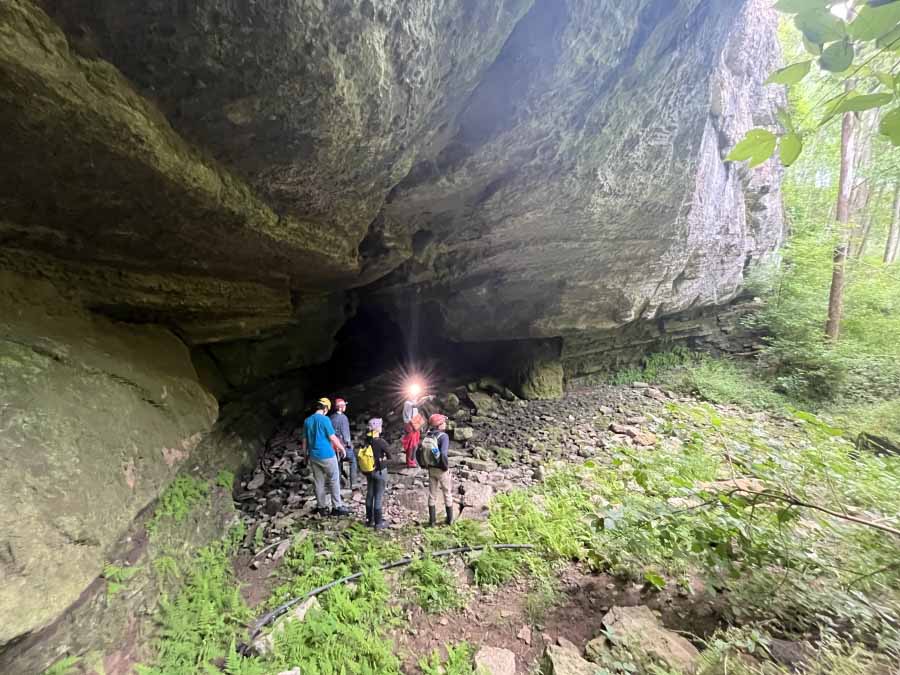 Team meeting under dramatic overhang.
Team meeting under dramatic overhang.
The students say the project has deepened their sense of what science looks like beyond the classroom. Harding appreciates the opportunity to engage directly with nature. “It allowed me to bridge the gap between the laboratory and the places where the samples come from,” he says.
Wetherell believes that the experience helped bridge his academics, conservation work, and research. “That kind of wisdom is difficult to come across in an academic setting. I used to work at the zoo, so it's also been really fulfilling to practice what I preach in terms of going from telling others about conservation efforts to helping create knowledge on sensitive ecosystems.”
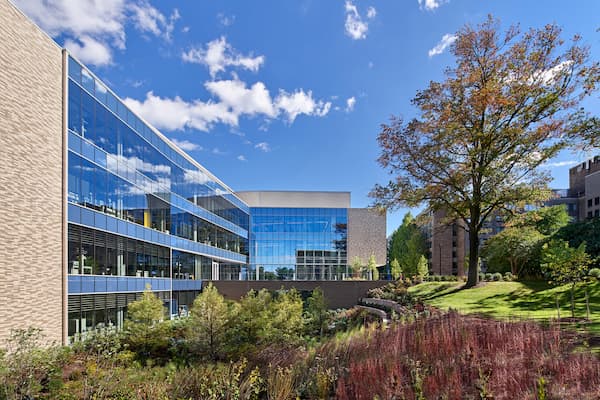 For More Information
For More Information
For more information about participating in STEM research opportunities at American University, visit the College of Arts and Sciences STEM Resources website.